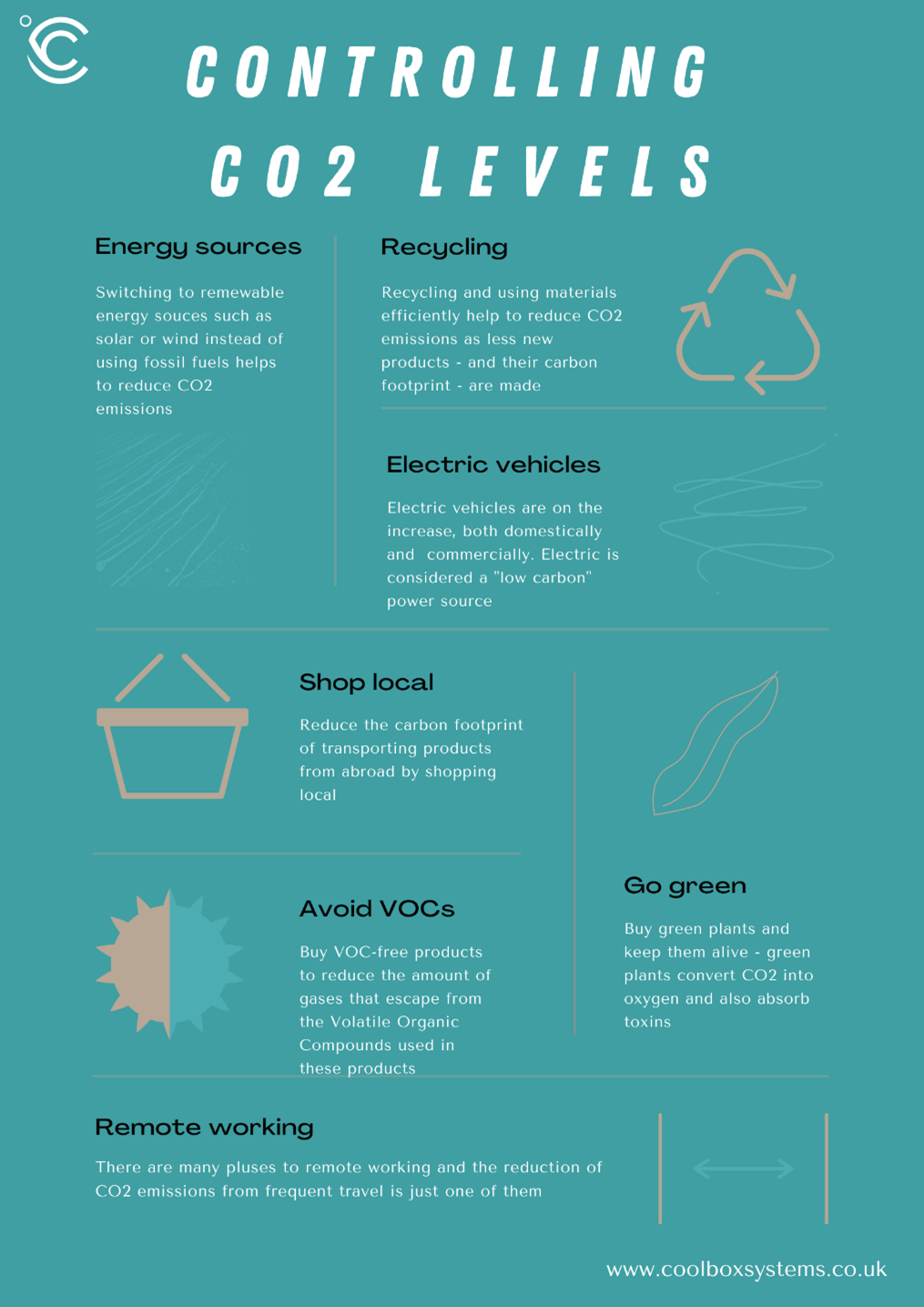
We all talk about Carbon Dioxide like it’s the “Big Bad”, but actually that’s not true. Carbon Dioxide, aka CO2, isn’t a monster; its essential for life to exist, and every living thing on earth contains carbon itself. Not the black, sooty stuff, pure carbon, but carbon compounds which are formed from carbon and other elements.
Carbon Dioxide is one of these compounds, formed by carbon and oxygen (one part carbon and 2 parts oxygen, hence the name CO2). Invisible, this colourless gas is an essential part of all fossil fuels which we use to energise our world. It is known as a “Greenhouse Gas” because it also traps heat close to the Earth, which in turn prevents the planet from freezing over. All of the oceans on earth would be solid ice if CO2 didn’t exist in the atmosphere.
Given how we all rely on CO2 to live, why then does it have such a bad rep? The problem lies in the sheer amount of CO2 (and other greenhouse gases like Methane and Nitrous Oxide) that are present in the atmosphere. Working on the basis that CO2 traps heat, if the amount of CO2 becomes excessive then the Earth will become too hot. Far from freezing over, the ice caps will melt. In turn, the amount of CO2 present will rise even more. This is of course what is happening now, and the push to become more eco conscious is in part to reduce the carbon footprint of our existence. In turn, this will reduce the amount of CO2 that is being produced and released into the air.
To answer the original question, Carbon Dioxide isn’t a monster, but the levels of it have to be controlled. We all need CO2; in fact, we wouldn’t be able to breathe if CO2 wasn’t in the air, but too much of it can be damaging to both human life and the environment.
How can CO2 levels be controlled?
Controlling CO2 levels are dependent on many different processes and industries; it is important that we all work together and play our part in trying to reduce the amount of CO2 in the atmosphere. Different methods and advances in technology are being tried every year with varying amounts of success, but there are some definite actions we can take to help with CO2 (and other greenhouse gas) control. These can be split into different categories including industrial and domestic.
Industrial control measures
- A number of industries including construction, engineering and manufacturing have to abide by regulations set down in the current iteration of the Clean Air Act. This was originally made into law in 1956, following on from the Great Smog of London in 1952, and has since been repealed, with the current regulations dated from 1993.
- The Clean Air Act was, and is, a number of measures that exist to reduce air pollution. This includes rules around smokeless fuels, greenhouse gas emissions and reduction of dust and debris from different processes.
- Industries are also strongly encouraged to use renewable energy sources for power, including solar and wind energy, which in turn reduce the amount of power being used from sources that also emit CO2 (such as fire).
- Efficient use and recycling of materials – by using materials efficiently and recycling anything that has reached the end of its useful life, CO2/greenhouse gas emissions can be reduced. These recycled materials take the place of new materials being produced, and the subsequent carbon footprint during production.
- Using electric vehicles or electric equivalents for machinery where possible. Whilst electricity production has a carbon footprint, it is classed as a low carbon source when compared to using fossil fuels.
- Companies who encourage a lot of travelling for work should be encouraged to switch to remote alternatives for meetings or training if possible, such as Skype or Teams.
Domestic control measures
From a domestic standpoint, we still need to do our bit. Whilst low concentrations of CO2 in the atmosphere won’t kill us, it’s important to think of the bigger picture and how higher levels could impact both our lives and the environment around us. Ways to control CO2 in a domestic setting include:
- Car-sharing or using other methods of transport that don’t use petrol or diesel, such as walking, cycling or electric trams.
- There is currently a big push to move away from fuel powered vehicles and to electric alternatives. Whilst still somewhat in its infancy as many prefer the “better the devil you know” aspect of using a fuel powered vehicle, there are definite environmental benefits to using an electric powered alternative if you can.
- Turning off the lights and replacing high usage bulbs such as incandescent with LED or compact fluorescent ones.
- Keep the heating down – if you’re not at home, do you really need the heating on? This will also save money, which is always a plus!
- Switch to alternative energy sources in the home, such as using solar panels on the roof to power your electric appliances.
- Shop local – if you buy food that has been shipped in from a different country, you have to understand the carbon footprint that that food has helped to create on its travels. This includes the original growing process, cultivation and transport. If you buy local, the transport footprint in particular will be less.
- Support plants in your home. Plants, particularly greenery, convert CO2 into pure oxygen, as well as absorbing toxins.
- Avoid VOCs – Volatile Organic Compounds. These are used in loads of different materials such as indoor paints, air fresheners, cleaning products and more, and continue to leak gases into the atmosphere for months, even years, after their initial use. VOC-free products are the way forward to reduce gases this way.
